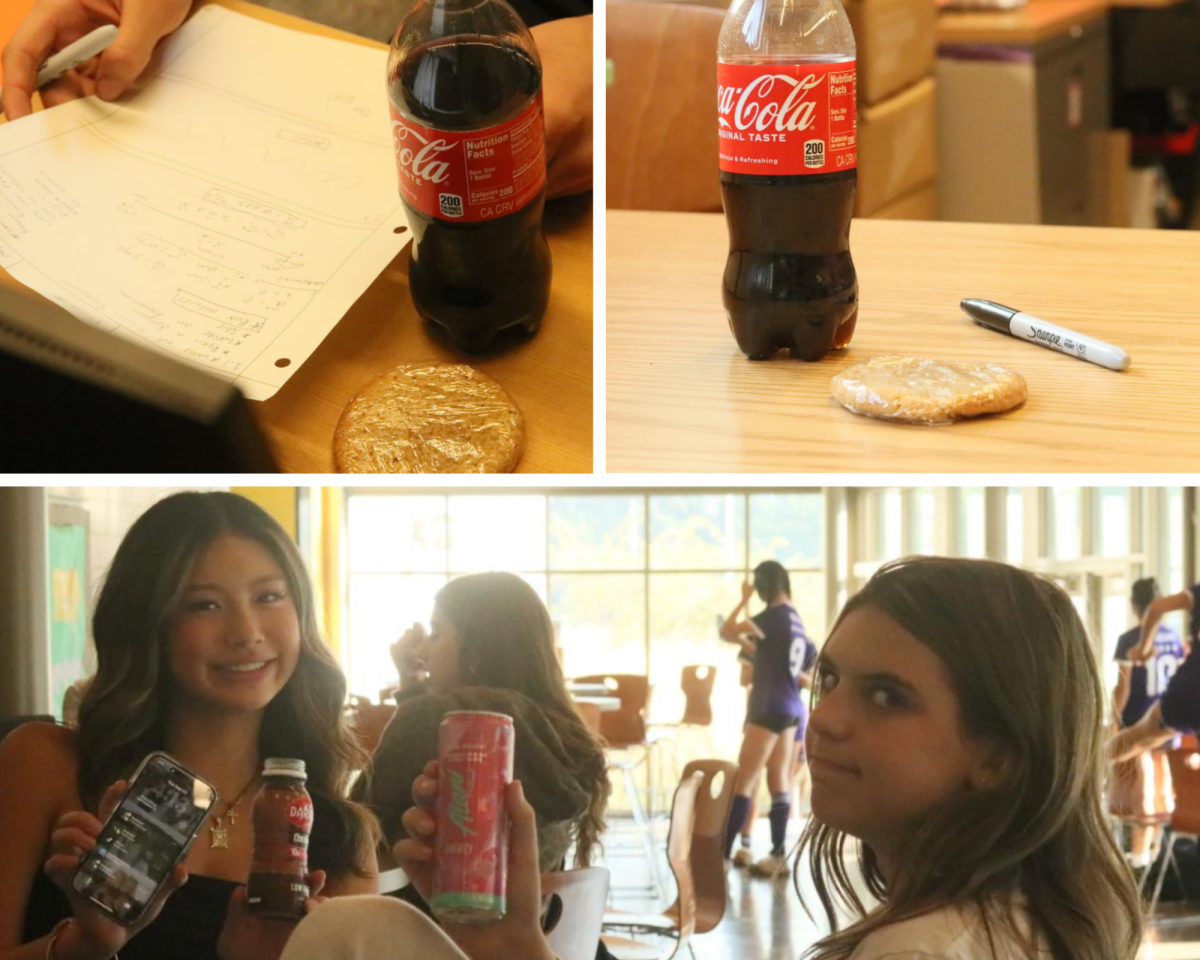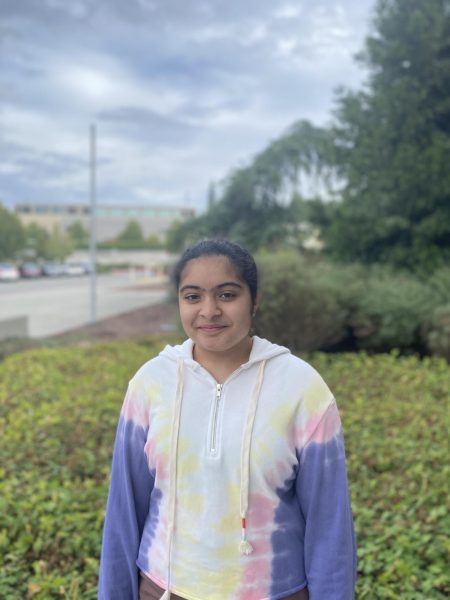“Israel + Hamas war,” “Ukraine and Russia,” “U.S politician arrested with gun charge,” “Argentina’s election,” “North Sea collision,” “Earthquakes in Afghanistan;” these are all headlines from The New York Times in the past two weeks. With all these events taking over our social media and television, it is hard to decipher between reliable sources and false information. Currently, with how many new actions and conflicts there are in the world, it is hard to keep up with what is actually happening in the world versus what people are believing from biased sources and posts.
Social media has become one of the most popular ways to get news. Due to how easy it is to hit the share button on a post and add it to your story, political posts have spread at a rapid pace. When people post these to their stories, many of their friends repost the same image. Some students believe this is because of a newfound “activism trend,” where students will feel the need to post what they see on other accounts. For example, a simple post that says, “I stand with Russia,” can be shared onto one person’s story and many people will repost this, without reading any information behind conflicts. While this spreads information at a rapid pace, people who share these posts do not take the time to become fully educated with the issue. Freshman Jane Saffel explains, “Some people will post things on their story about political events but not know the whole story.” When this occurs, it adds to the cycle of posting controversial things without knowing the context. If one thing was wrong in the post, now many people have shared this and have formed an opinion based on the biased information. This is not only damaging to those who are being affected by these acts but also the people who obtain the false information.
There has been a dramatic rise in the amount of politically and environmentally focused Instagram accounts with the purpose of creating news posts as an easier way to share important events. Sophomore Dylan Ryan believes that this is because “[it is easier to] get to younger generations and to target those people.” When using social media, how do you split between false information and reliable sources? Junior Hazel Shire recommends “[going] to the account to see if it is an account that has been sponsored or has bias. Social media focuses on more controversial topics, this way there can be more of a discussion following these posts and stories. The more media coverage on one specific topic, the more people will search newer sources for this information, even if it is not a reliable source or has experience covering the topic.
Active Campaign defines media coverage as “the attention and exposure received by a person, brand, event, or topic in various forms of media, including print, broadcast, and digital platforms.” What deserves media coverage when there are so many events that need recognition? Senior Tristan Choi believes it should be “things that affect our society.” However, some events that occur during the same time as a more popular or well researched event become drowned out. While many students have heard about the conflicts between Israel and Hamas, few students are familiar with the earthquakes that have significantly damaged Afghanistan, which have not been heavily featured in the news.
If you search up the Israel and Hamas War on Google, it has 548 million results. When you search Earthquakes in Afghanistan, 53.9 million results show up. In Afghanistan, on Oct 7, a 6.3 magnitude earthquake hit Afghanistan. This was a deadly earthquake. AP News states, “Thousands of people died, and entire villages were flattened by devastating quakes a week earlier.” Since Oct 7, two more earthquakes measuring at a similar magnitude have occurred in Afghanistan. With everything happening in the rest of the world, there has been significantly limited attention on this travesty. This has affected the recovery of Afghanistan and how the civilians are healing. CNN shares a quote from the UN, stating, “Do not look away from Afghanistan.”
Without social media, information would be produced at a much slower pace. Even with some of the negative effects of using it for media coverage, it gives a great platform for those who want to start a conversation about an issue and connect with people who will have more information and resources. It also gives a way for young people to open up these discussions not only online but also in person to their friends and family.







